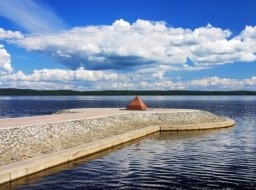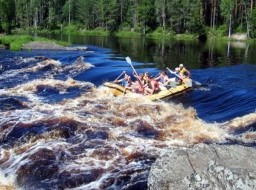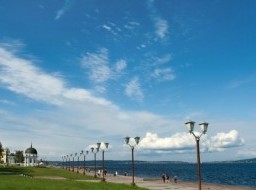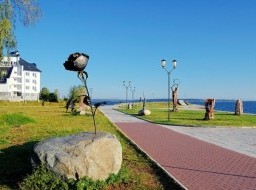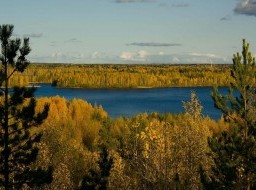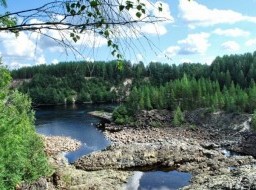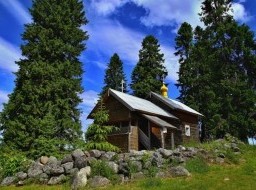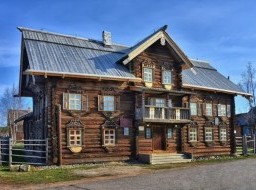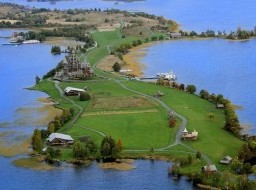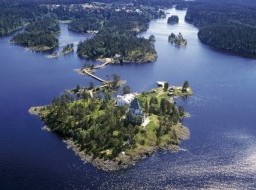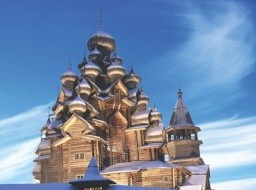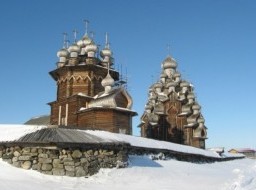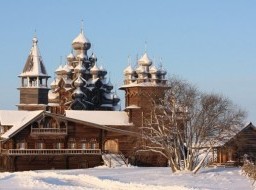Shungha village
Shunga is one of the oldest and largest settlements of Zaonezhie. The first written references to Shunge are found in the list of the Chelmuzsky waterway certificate of 1375. In the 15th century, Shunga serves as a transit point for the transportation of salt from the White Sea coast. In the 16th century, Shunga was the center of one of the Zaonezhsky pogosts, as well as a large commercial settlement, the main commodity of which was linen cloth and canvases from flax. In the XVII century - the fair center in the Russian North: Epiphany (January 6-18), Blagoveshchenskaya (March 25 - April 2), Nikolskaya (December 6-12), National team (from 1 Sunday in Lent, 6 days) - main in Russian The north of the point for the exchange of fish and game from the White Sea fisheries for goods produced in the Olonets province and other regions of Russia. Zaonezhsky village Shunga has been famous for its fair since time immemorial. And a few years ago the authorities of Medvezhyegorsk district revived this forgotten tradition. In the 18th century, the iron works in Shunga operated, which specialized in casting anchors for warships. At the end of the 19th century, the products of Zaonezh embroiderers became very famous. The surrounding landscape is extremely picturesque. The development of the village takes the shores of Lake Putkozero and the rocky island, where the Shung Pogost was located (churches of the churchyard were lost). From the place of the churchyard from the top of the rock a wide panorama of the lake opens. In Shunga, some old buildings have been preserved. Near Shungi on the north-western shore of Lake Putkozero, there is a surface incision with schungite veins. The rock, named after the village of Shunga, where it was discovered by the geologist Alien in the late 19th century, was produced "Slate Mountain" for the manufacture of slate boards for tables, fireplaces, window sills. Currently, the cut is a state regional nature monument of Karelia. |

